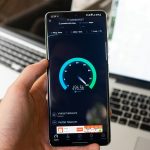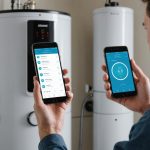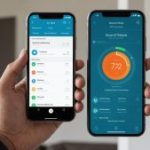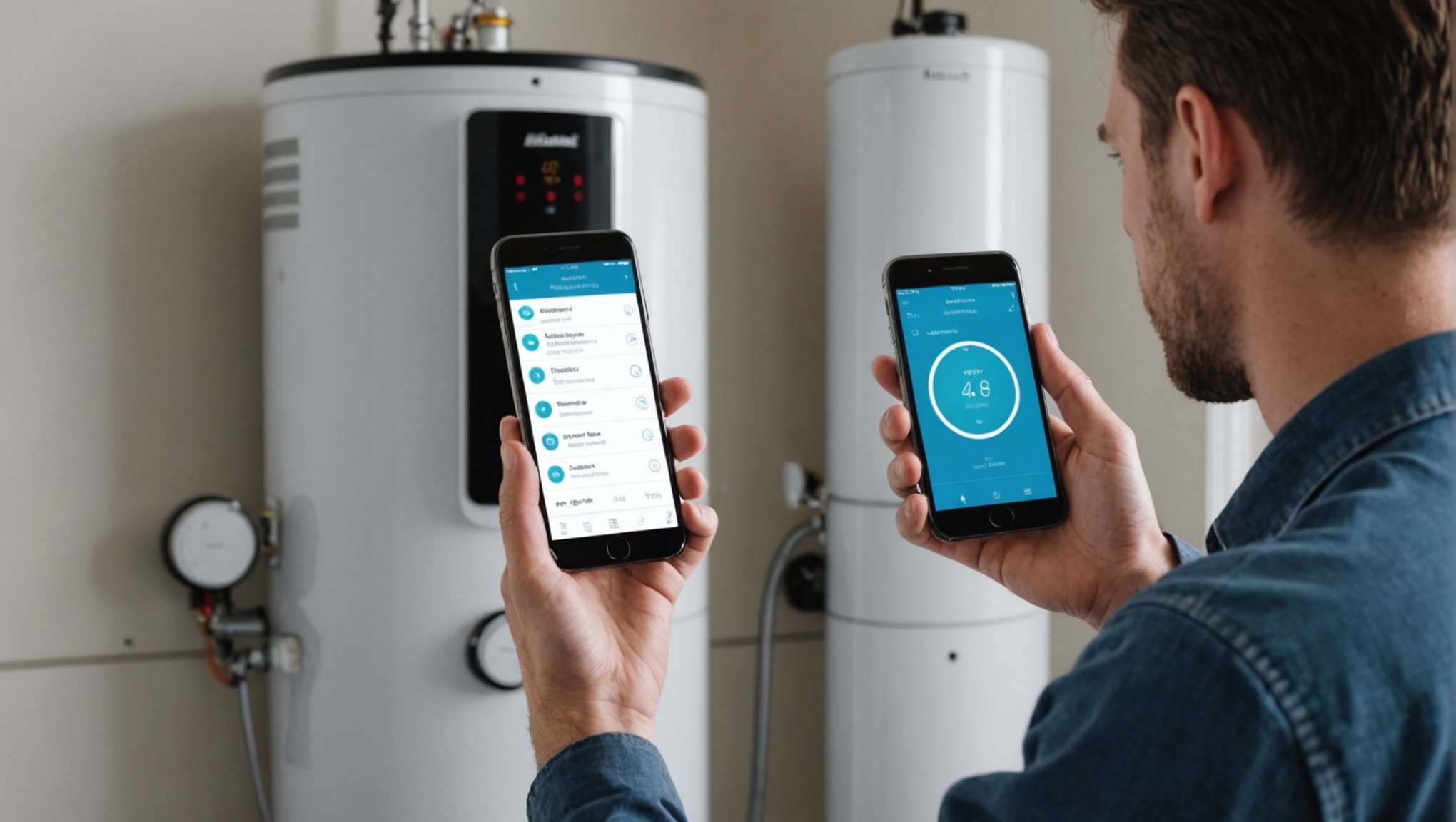In today’s rapidly evolving tech landscape, integrating smart technology into our homes has become increasingly common. One area experiencing significant advancements is smart home water heaters. These devices offer unparalleled convenience and efficiency. The real game-changer, however, is the ability to control and monitor these water heaters using your smartphone. In this article, we will delve into how you can utilize your smartphone to manage your smart home water heaters effectively and efficiently.
Setting Up Smart Home Water Heaters with Your Smartphone
The foundation of using your smartphone to control and monitor your smart home water heaters begins with the setup process. A well-executed setup ensures seamless integration and functionality.
In the same genre : What Are the Methods to Integrate Voice Assistants with Smartphone-Controlled Smart Homes?
Modern smart water heaters come equipped with Wi-Fi connectivity, allowing you to connect them to your home network. To begin, download the manufacturer’s dedicated app from the App Store or Google Play Store. Once installed, the app will guide you through the process of connecting the water heater to your Wi-Fi network. This typically involves scanning a QR code on the device or entering a unique code provided in the manual.
Next, create an account within the app. This account will serve as your portal to control and monitor your water heater remotely. Follow the prompts to link your water heater to your account. This step often involves verifying the device’s Wi-Fi connection and ensuring it’s operating correctly.
Also to read : How to Use Your Smartphone to Control and Monitor a Smart Home Irrigation System?
Once connected, take the time to familiarize yourself with the app’s interface. Most apps feature a user-friendly design, offering easy access to essential functions such as temperature control, scheduling, and monitoring usage patterns. Exploring the app thoroughly will help you utilize its full potential, ensuring you can make the most of your smart home water heater.
Controlling Temperature and Scheduling
With your smart home water heater connected to your smartphone, you can now harness its full range of capabilities, starting with temperature control and scheduling. This functionality provides greater convenience, energy efficiency, and customization.
Through the app, you can adjust the water heater’s temperature with a few taps. This ensures you’re always getting the water at your preferred temperature, whether it’s for a relaxing bath or a hot shower. Additionally, some apps offer preset temperature settings, allowing you to switch between different modes such as eco, comfort, or vacation mode effortlessly.
Scheduling is another powerful feature that enhances the efficiency of your smart water heater. By setting specific times for the heater to be active, you can ensure hot water is available when you need it while conserving energy during periods of inactivity. For instance, you can schedule the heater to turn on shortly before you wake up and turn off when you leave for work. This not only saves energy but also reduces your utility bills.
Moreover, many apps come with advanced scheduling options, such as the ability to create multiple schedules for different days of the week. This flexibility allows you to tailor the heater’s operation to your lifestyle, ensuring maximum convenience and efficiency.
Monitoring Energy Usage and Performance
One of the standout features of smart home water heaters is their ability to provide detailed insights into energy usage and performance. Leveraging your smartphone, you can easily monitor these aspects, enabling you to make informed decisions about your water heating habits.
Most apps offer real-time data on energy consumption, displaying how much energy the water heater is using at any given moment. This transparency allows you to identify patterns and adjust your usage accordingly. For example, if you notice a spike in energy consumption during certain hours, you can investigate and modify the heater’s schedule to reduce unnecessary usage.
In addition to real-time data, many apps also provide historical usage reports. These reports offer a comprehensive overview of your water heater’s performance over days, weeks, or months. By analyzing this data, you can identify trends and make adjustments to optimize efficiency. For instance, you might discover that reducing the temperature by a few degrees during off-peak hours significantly lowers your energy consumption without compromising comfort.
Some apps even offer energy-saving tips and recommendations based on your usage patterns. These insights can help you adopt more efficient practices, ultimately contributing to lower energy bills and a reduced environmental footprint.
Remote Access and Control
One of the most compelling advantages of using your smartphone to manage your smart home water heater is the ability to control it remotely. Whether you’re at work, on vacation, or simply away from home, you can access and adjust your water heater with ease.
Remote access allows you to make real-time adjustments to the heater’s settings, ensuring that you always have hot water when you need it. For example, if you’re returning home earlier than expected, you can use the app to turn on the heater so that hot water is ready when you arrive. Conversely, if your plans change and you’ll be away longer, you can turn off the heater to conserve energy.
This functionality also comes in handy for unexpected situations. Imagine you’re on vacation and realize you forgot to turn off the water heater. With remote access, you can rectify this oversight instantly, giving you peace of mind and preventing unnecessary energy consumption.
Furthermore, some apps offer geofencing capabilities, which use your smartphone’s location to automate the heater’s operation based on your proximity to home. For example, the heater can turn on when you’re within a certain distance from home and turn off when you leave. This seamless automation enhances convenience and efficiency, ensuring your water heater operates optimally without requiring constant manual adjustments.
Enhancing Security and Maintenance with Alerts
In addition to providing control and monitoring capabilities, smart home water heaters equipped with smartphone integration also enhance security and maintenance through alerts and notifications. These features ensure that you’re always informed about the status of your water heater, allowing you to address any issues promptly.
Many apps offer a range of alerts, including notifications for system malfunctions, leaks, and maintenance reminders. For instance, if the water heater detects a leak, you’ll receive an instant alert on your smartphone, enabling you to take immediate action to prevent potential damage. Similarly, if the system experiences an error or malfunction, the app will notify you, allowing you to troubleshoot or contact a technician without delay.
Maintenance alerts are particularly valuable, as they help extend the lifespan of your water heater and ensure it operates efficiently. These notifications can remind you when it’s time to perform routine maintenance tasks such as flushing the tank or replacing the anode rod. By staying on top of maintenance, you can prevent potential issues and keep your water heater running smoothly for years to come.
In addition to alerts, some apps offer diagnostic tools that allow you to perform self-checks on your water heater. These tools can identify potential problems and provide recommendations for resolving them. This proactive approach to maintenance can save you time and money by addressing issues before they escalate.
In conclusion, leveraging your smartphone to control and monitor smart home water heaters offers a host of benefits, from enhanced convenience and energy efficiency to improved security and maintenance. By setting up your smart water heater with your smartphone, you gain access to features such as temperature control, scheduling, energy usage monitoring, remote access, and alerts, all of which contribute to a more efficient and user-friendly experience.
As technology continues to advance, the integration of smart home devices with smartphones will become increasingly prevalent, offering homeowners greater control and connectivity. By embracing this technology, you can optimize your water heating system, reduce energy consumption, and enjoy the convenience of managing your smart home from the palm of your hand.











